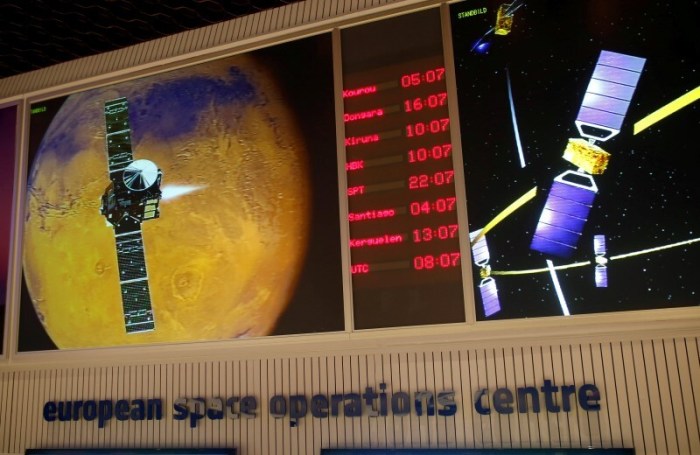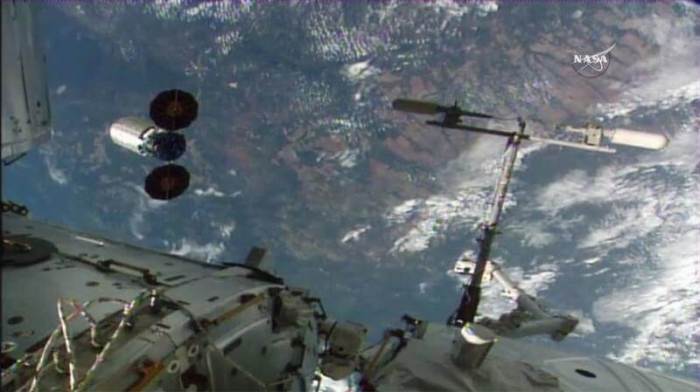By Alan Baldwin
RIO DE JANEIRO (Reuters) – Hans Gubler is the man who knows the answers but will never tell, the keeper of secrets as well as time at Rio’s Olympic aquatics center.
Gubler is the Omega man, overseeing a ‘nerve-centre’ of timing systems as a privileged insider with access to the sort of sensitive data that many would like to see but that will never be divulged. At the 2000 Games in Sydney, U.S. team mates Anthony Ervin and Gary Hall Jr shared the 50 meters freestyle gold with a time of 21.98 seconds — meaning there was not even a fingertip between them officially. There have been other ties in the history of swimming, which is timed to 1/100th of a second, but Swiss timers Omega will always know who was in front because they time to 1/10,000th.
There is even the computing potential to deliver timings to the millionth.
”Of course we can see the facts,” Gubler told Reuters pool side on a tour of the timing facility. ”When it comes to a tie, obviously we have proof for it. And then it’s up to the federation for the last judgment.” The world body FINA will also be in the know, but the information is not released. Apart from anything, such fine timings have to take into account the construction of the pool and lane differences. One thousandth of a second in the pool equates roughly to 1.7 millimeters.
Every Games has its novelties and for Rio, the swimming has two that should make life easier for competitors if not exactly cutting-edge.
One is underwater electric screens in each lane for the 800 and 1,500 meter events that will allow swimmers to keep track more easily of which lap they are on without having to look up for external signs. Individual screens can be switched off if an athlete finds it a distraction, although Gubler said the feedback from its introduction at the 2014 Short-Course World Championships in Doha was that it was something swimmers had been waiting for. The other is a ‘backstroke ledge’, a removable strip that is submerged in the water below the blocks to improve grip at the start off the wall.
High speed video technology has also seen big advances.
”I think there’s still a lot of potential when it comes to show the television spectators the data that we gather, to give them an even closer feel of what is going on,” said Gubler of future developments. ”If we can show the performance of the start like a curve, how much was he ready, that sort of thing, I think would be interesting to see.”
The first Olympics to be staged in South America also poses some specific local challenges, with the risk of sudden power cuts high among them, but Gubler is confident the timing system will be protected in Rio. ”Our crucial equipment is on battery backups, uninterrupted power supply,” he said. ”Of course a big scoreboard cannot be secured, that would be run off a generator, and there may be a minute without power. ”But it’s only a display. The actual timing is secured.”
(Reporting by Alan Baldwin, editing by Neil Robinson)

















